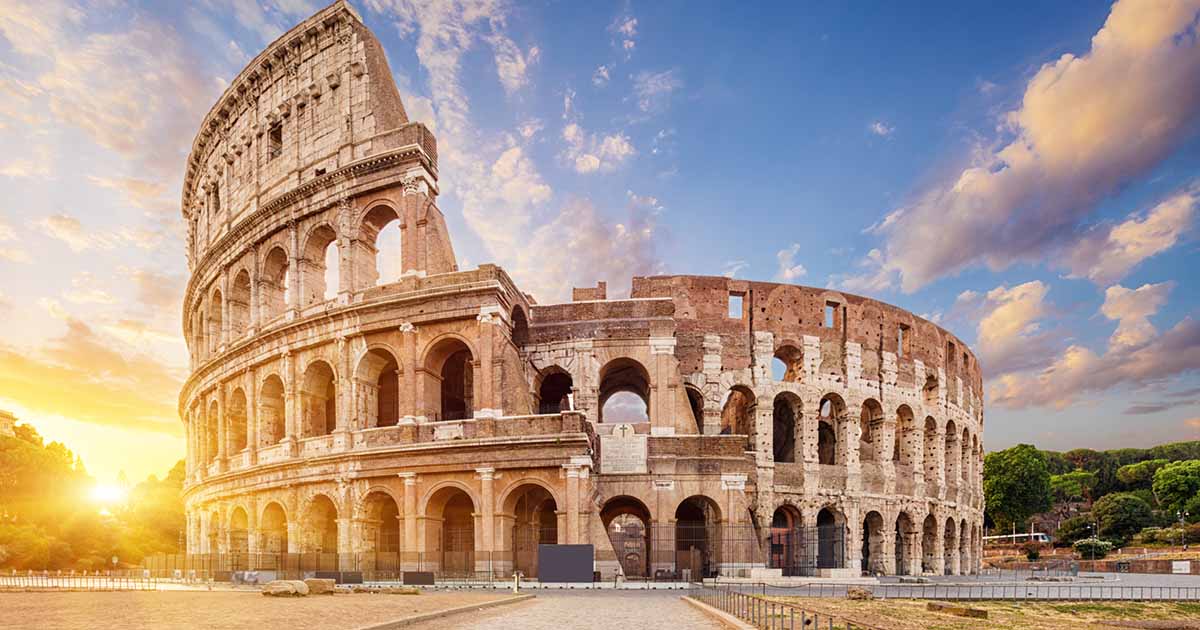Roman Emperor Vespasian Built the Colosseum to Boost Morale (Video)
Roman Emperor Vespasian's decision to construct the Colosseum in ancient Rome was a strategic move aimed at fostering unity and lifting the spirits of the populace. Drawing on his experience as a military general, he recognized the power of amphitheaters in bolstering the morale of Roman soldiers scattered across the vast empire. The concept of Virtus, a representation of masculine valor and strength, was deeply ingrained in the Roman culture, and Vespasian intended to capitalize on it. The colossal amphitheater, eventually named the Colosseum after the nearby colossus statue of Nero, was a symbol of his commitment to the people of Rome. Its construction took a decade and was a testament to Vespasian's vision.
Notably, he chose a site that once catered exclusively to emperors' pleasure, contrasting with Nero's lavish private palace in the city's heart, which was widely unpopular. The completion of the Colosseum under Vespasian's rule became an enduring symbol of Rome, signifying his dedication to the well-being of the common people. It was a legacy that continued under his son Titus, who ensured that the grand opening of this monumental structure was a resounding success, reinforcing Vespasian's vision of unity and strength in ancient Rome.
- The Mind-Blowing Architecture and Engineering of Rome’s Colosseum
- The Colosseum – From Gladiator Fights to Gory Executions and Sea Battles
Top image: Roman colosseum. Source: phant / Adobe Stock.

















